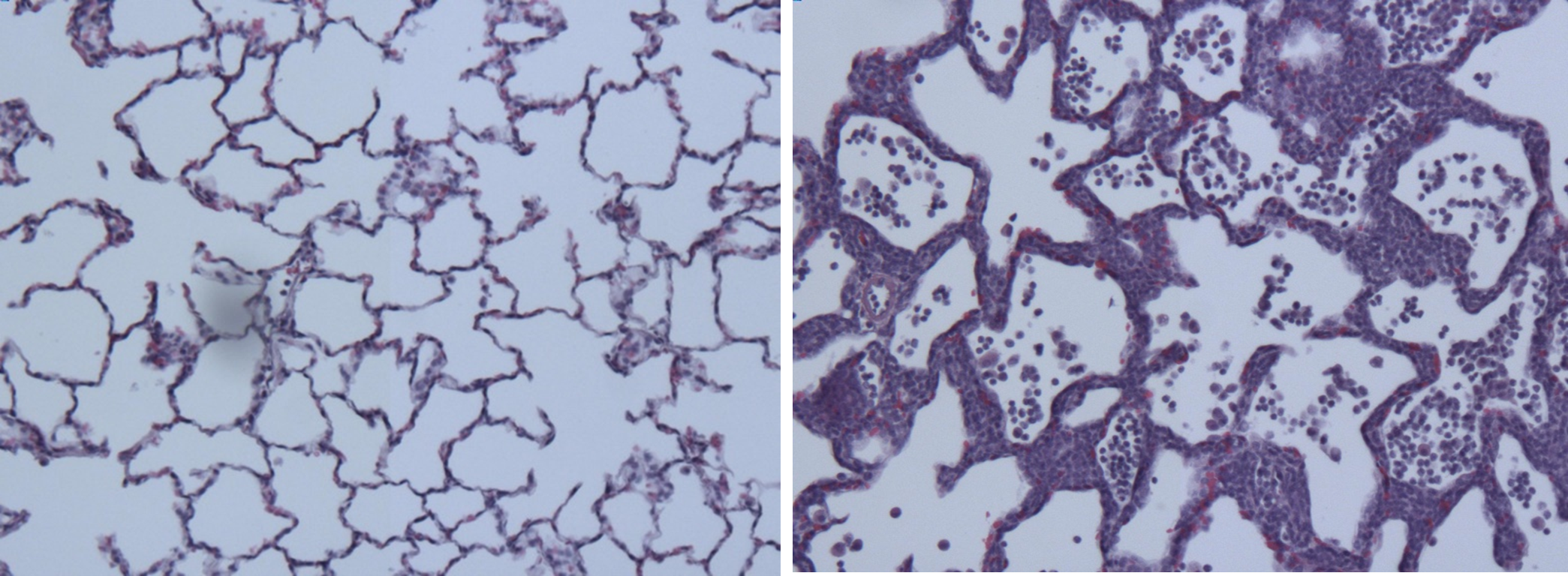BACKGROUND: In 1999, 1 year after the approval of the first oral phosphodiesterase type 5 (PDE5) inhibitor for the treatment of erectile dysfunction (ED), the first Princeton Consensus Conference was held to address the clinical management of men with ED who also had cardiovascular disease. These issues were readdressed in the second and third conferences. In the 13 years since the last Princeton Consensus Conference, the experience with PDE5 inhibitors is more robust, and recent new data have emerged regarding not only safety and drug-drug interactions, but also a potential cardioprotective effect of these drugs.
AIM: In March 2023, an interdisciplinary group of scientists and practitioners met for the fourth Princeton Consensus Guidelines at the Huntington Medical Research Institutes in Pasadena, California, to readdress the cardiovascular workup of men presenting with ED as well as the approach to treatment of ED in men with known cardiovascular disease.
METHOD: A series of lectures from experts in the field followed by Delphi-type discussions were developed to reach consensus.
OUTCOMES: Consensus was reached regarding a number of issues related to erectile dysfunction and the interaction with cardiovascular health and phosphodiesterase-5 inhibitors.
RESULTS: An algorithm based on recent recommendations of the American College of Cardiology and American Heart Association, including the use of computed tomography coronary artery calcium scoring, was integrated into the evaluation of men presenting with ED. Additionally, the issue of nitrate use was further considered in an algorithm regarding the treatment of ED patients with coronary artery disease. Other topics included the psychological effect of ED and the benefits of treating it; the mechanism of action of the PDE5 inhibitors; drug-drug interactions; optimizing use of a PDE5 inhibitors; rare adverse events; potential cardiovascular benefits observed in recent retrospective studies; adulteration of dietary supplements with PDE5 inhibitors; the pros and cons of over-the-counter PDE5 inhibitors; non-PDE5 inhibitor therapy for ED including restorative therapies such as stem cells, platelet-rich plasma, and shock therapy; other non-PDE5 inhibitor therapies, including injection therapy and penile prostheses; the issue of safety and effectiveness of PDE5 inhibitors in women; and recommendations for future studies in the field of sexual dysfunction and PDE5 inhibitor use were discussed.
CLINICAL IMPLICATIONS: Algorithms and tables were developed to help guide the clinician in dealing with the interaction of ED and cardiovascular risk and disease.
STRENGTHS AND LIMITATIONS: Strengths include the expertise of the participants and consensus recommendations. Limitations included that participants were from the United States only for this particular meeting.
CONCLUSION: The issue of the intersection between cardiovascular health and sexual health remains an important topic with new studies suggesting the cardiovascular safety of PDE5 inhibitors.

